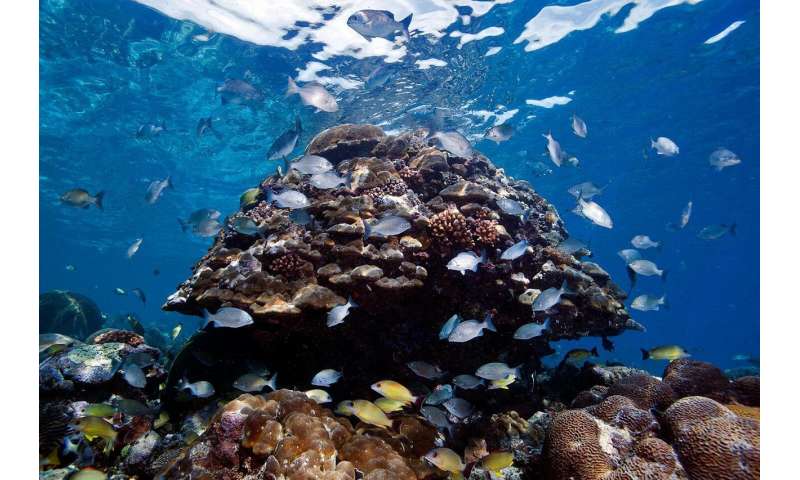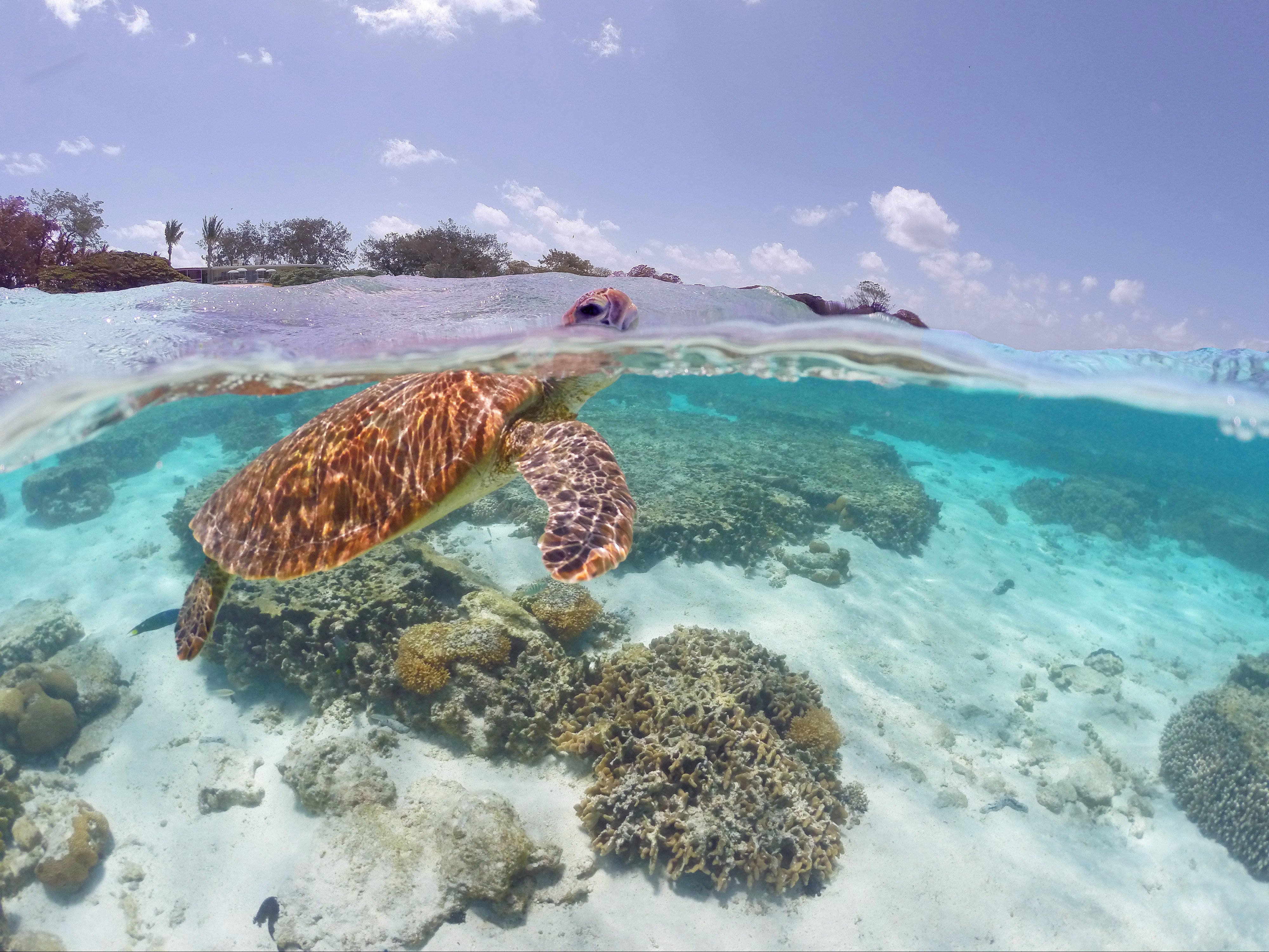
#Atoll coral reef drivers#
At the reef scale (e.g., scales of hundreds of meters), tides and waves are generally the primary drivers of lagoon circulation and flushing (Callaghan et al., 2006 Hearn, 2011 Lowe & Falter, 2015 Monismith, 2007), with wind stresses often playing only a secondary role however, wind forcing can be important or even dominant in the circulation of deeper and more sheltered lagoons, especially at sites with weak wave and tidal forcing (Atkinson et al., 1981 Dumas et al., 2012 Lowe et al., 2009a). At the coastal or island scale (e.g., scales of tens of kilometres and larger), circulation is often shaped by large-scale regional current systems, tides, buoyancy differences, and the Coriolis effect (Monismith, 2007). Reef circulation is generally driven by a combination of oceanic and atmospheric processes including waves tides wind buoyancy and regional-scale ocean circulation (Lowe & Falter, 2015 Monismith, 2007), with the relative importance of each mechanism varying by the conditions at a site and scale of the flows considered (Monismith, 2007). The circulation of water within reef systems and water exchange with the surrounding ocean regulates reef environmental conditions (e.g., temperature variability) and the transport of material within and between reefs (e.g., coral larvae, nutrients, and sediment Falter et al., 2004 Gruber et al., 2019 Lugo-Fernández et al., 2001 Storlazzi et al., 2004).

Understanding the interaction and relative importance of waves and tides in controlling water movement is crucial, as they are the main drivers of flows on coral reefs. Regardless of the main forcing, we found that the time-average flow was consistently directed eastward within the atoll. For tidal range greater than twice the reef flat elevation, tidal processes were dominant, and for tidal range smaller than twice the reef flat elevation, wave processes were dominant. We found that the reef morphology, particularly the reef flat depth, controlled the importance of wave- vs. Using field measurements and ocean model simulations of Mermaid Reef, we examined how tides and waves contributed to the atoll circulation.

In this study, we investigated how ocean currents responded to wave and tide conditions on a coral reef atoll located off northwestern Australia. Water exchange between reef systems and the surrounding ocean regulates a wide range of physical and ecological processes within coral reefs. However, due to the incident wave energy and spring-neap tidal range variability, the relative importance of the dominant hydrodynamic drivers can vary on time scales of hours to days allowing wave processes to episodically dominate the reef circulation. Over time scales of several months to years, Mermaid Reef can be classified as a tide-dominated reef. The residual (tidally averaged) circulation was consistently directed eastward across the atoll. In contrast, tidal processes dominated for larger tidal ranges, when the western reef flat temporarily acted as a physical barrier to incoming and outgoing flows. Wave-driven processes dominated for tidal ranges smaller than required to expose the shallower western reef flat.

The atoll morphology, particularly the higher elevation of the western reef flat, was found to be a key factor controlling the relative importance of waves and tides. Using a validated wave-flow numerical model, we showed that wave- and tidally driven processes interacted to drive the reef's circulation through several mechanisms including wave-current interactions and tidal water level modulation of wave-driven flows. During 11 months of hydrodynamic measurements across Mermaid Reef, a coral reef atoll off northwestern Australia, the atoll was regularly exposed to a range of wave and tidal conditions. Although wave- and tide-driven flows are individually well understood, there remain considerable gaps in our understanding of how their interactions control the reef circulation, and consequently how they shape a range of ecological processes. Waves and tides are often the two primary forcing mechanisms responsible for driving hydrodynamic processes within coral reefs worldwide.


 0 kommentar(er)
0 kommentar(er)
